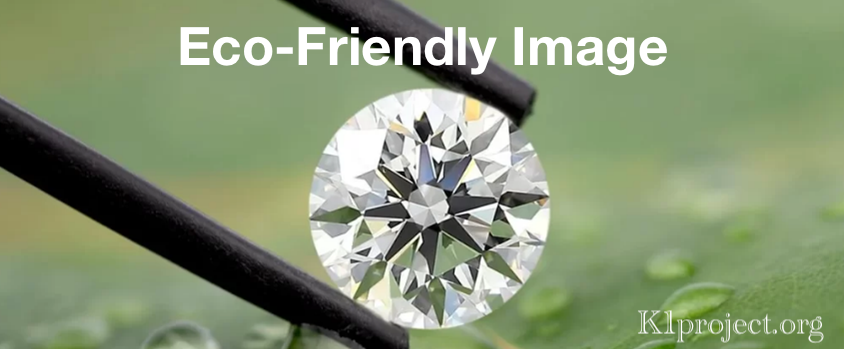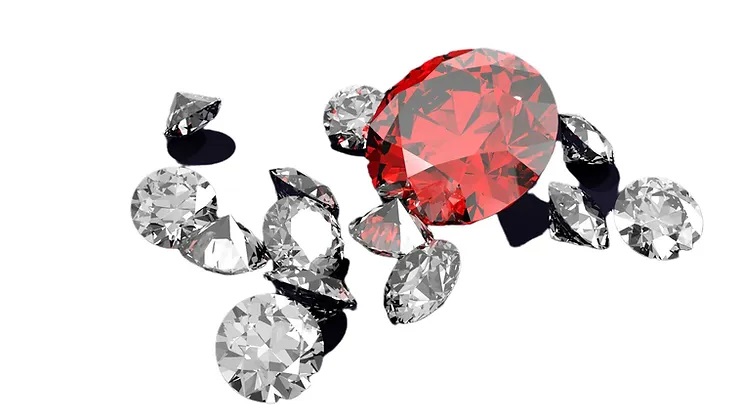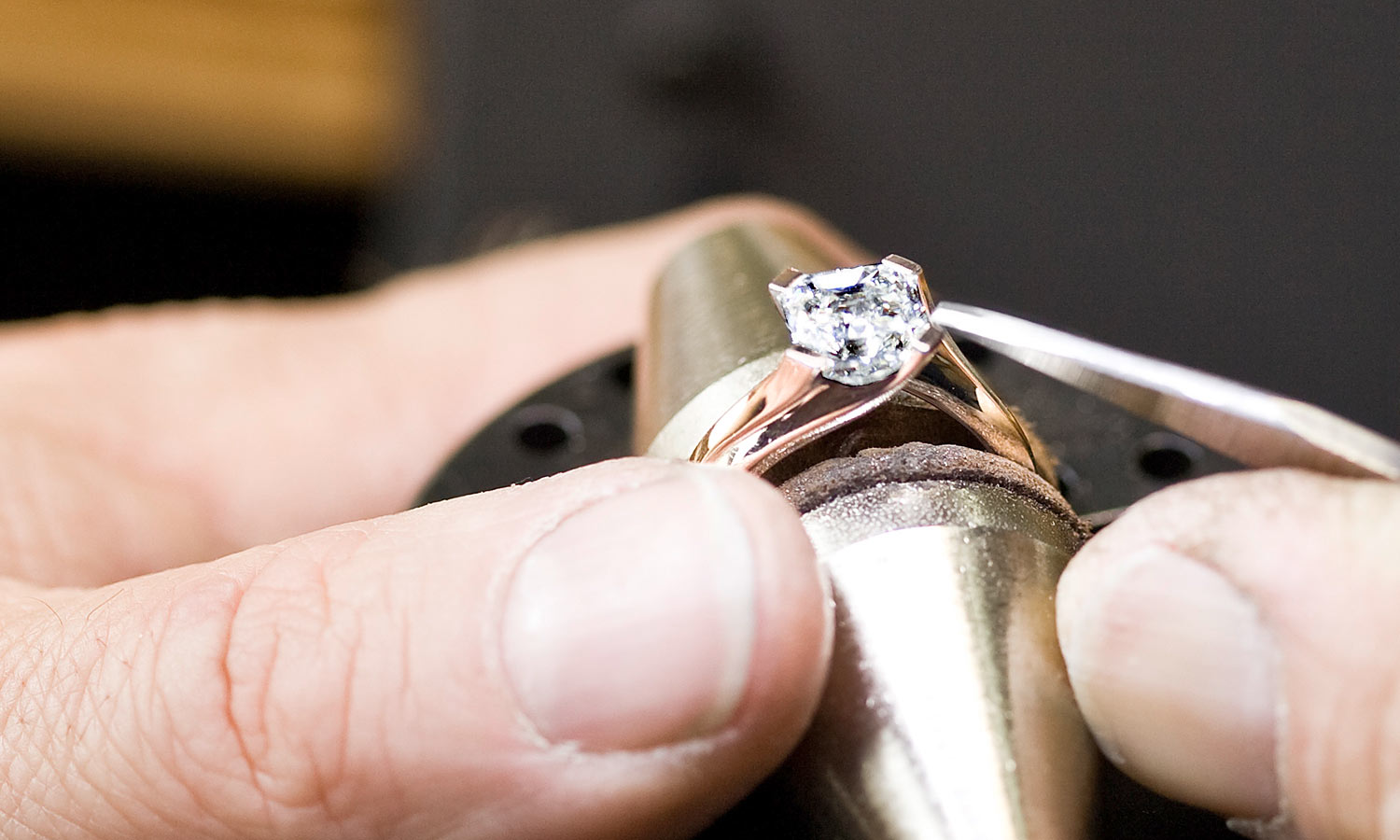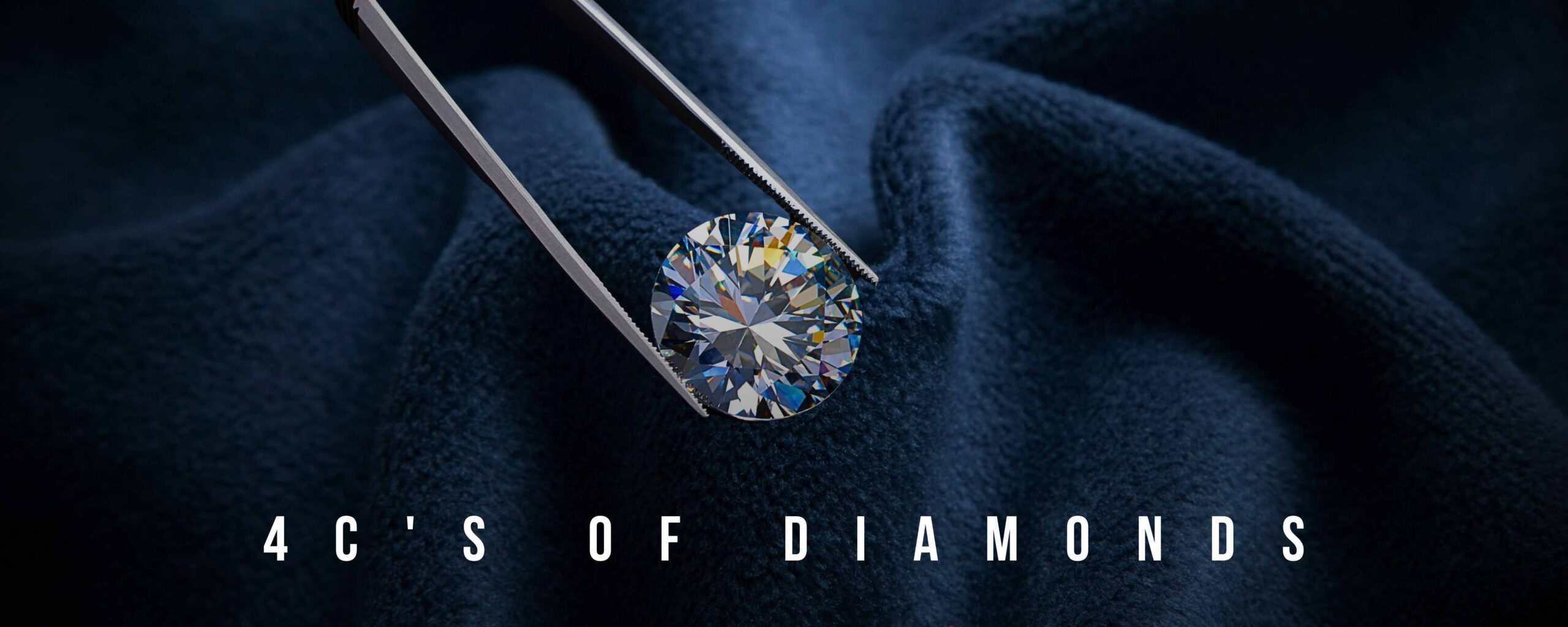Which Celebrities Wear Lab-Created Diamonds? A Look at Hollywood’s Eco-Conscious Bling
In Hollywood, trends come and go, but every now and then, a genuine shift takes root and quietly redefines the industry. That’s exactly what’s happening with lab-created diamonds. Once reserved for niche designers and tech-forward shoppers, these sustainable stones are now making regular appearances on the red carpet, worn proudly by some of the biggest names in film, music, and fashion.
The buzz isn’t just about beauty or budget. It’s about values. More celebrities are choosing lab-grown diamonds for their ethics, eco-friendly origins and sheer creative possibilities. You’re just as likely to spot a sparkling lab-created diamond on an A-lister at the Oscars as you are in a Vogue editorial or a major music video. And the message is clear: the future of fine jewelry is every bit as much about conscience as it is about carats.

Why is Hollywood falling in love with lab-created diamonds? Which celebrities have embraced this new wave of jewelry and what does it mean for the rest of us? In this article, we’ll shine a light on the stars and designers who are redefining glamour and explore how lab-grown diamonds are quietly transforming not only red carpet style, but the very story jewelry tells.
Introduction: The Celebrity Shift Toward Lab-Grown Diamonds
In recent years a noticeable change has swept through Hollywood’s most glamorous circles. The conversation around diamonds has shifted from carat size and clarity to questions of origin and impact. More celebrities than ever are reaching for lab-grown diamonds and they are choosing stones that promise not just sparkle but a positive story.
What sparked this change? Part of it is a growing awareness about where our luxury goods come from and the environmental toll of traditional diamond mining. At the same time technology has made it possible to create stunning high-quality diamonds in a laboratory setting: diamonds that are physically and visually identical to those found deep underground.
For stars who want to align their public image with causes they believe in lab-created diamonds offer a perfect fit. Wearing these gems signals a commitment to sustainability and ethical sourcing. It also allows for more creativity in jewelry design since lab-grown diamonds can be made in larger sizes and more unusual shapes at a lower cost.
As these values resonate with a new generation of fans Hollywood’s biggest names are proudly embracing the lab-grown diamond movement and helping push it firmly into the spotlight.
Why Are Celebrities Choosing Lab-Created Diamonds?
For many celebrities the decision to wear lab-created diamonds is about more than just style. These stones are seen as a reflection of personal values and a way to make a positive impact with every appearance. One of the main reasons stars are making the switch is ethics. Lab-grown diamonds avoid the environmental harm and social challenges linked to some traditional mining operations. By opting for lab-created stones celebrities send a clear message about responsible luxury.

Another key factor is sustainability. Many stars are outspoken advocates for climate action and eco-friendly living. Choosing a diamond that is grown using renewable energy or advanced technology fits perfectly with this commitment. The reduced carbon footprint and minimal land disruption of lab-grown diamonds align well with the environmental values many celebrities share.
There is also a practical side. Lab-created diamonds can often be larger and more striking for the price. Designers and stylists love the creative freedom this brings, resulting in bold unique pieces that stand out on the red carpet. For some stars the appeal is simply about having something different. Wearing a lab-grown diamond signals a willingness to embrace innovation and lead the way in both fashion and values.
In the end celebrities are choosing lab-created diamonds because they represent progress beauty and purpose all at once. As this movement grows it continues to inspire both fans and the wider jewelry industry to look at diamonds in a new light.
Pioneers on the Red Carpet: Early Celebrity Adopters
Long before lab-created diamonds became a red carpet staple a handful of forward-thinking celebrities helped pave the way. These early adopters saw beyond tradition and recognized the potential of lab-grown stones to make both a style and ethical statement.
One of the most vocal advocates has been Emma Watson. Known for her commitment to sustainable fashion Watson has frequently chosen lab-created diamond jewelry for major events. She made headlines at the Oscars and the Met Gala by pairing her outfits with diamonds sourced from ethical and environmentally friendly designers.
Leonardo DiCaprio is another star closely associated with the rise of lab-grown diamonds. Not only has he worn them at film premieres and awards shows but he also became an investor in Diamond Foundry, one of the leading companies producing lab-grown stones. His support helped bring mainstream attention to the idea that luxury and responsibility can go hand in hand.
Other trailblazers include Penélope Cruz who collaborated with Atelier Swarovski to launch a collection of jewelry made exclusively with lab-grown diamonds and gemstones:

Zendaya has also been spotted wearing Chopard’s sustainable collection featuring dazzling lab-created stones on some of the world’s most-watched red carpets.
These celebrities and a few others took a chance on lab-grown diamonds before the rest of Hollywood caught on. Their choices not only sparked conversation but encouraged designers stylists and fellow stars to explore the possibilities of this new direction in fine jewelry.
Designer Brands Bringing Lab Diamonds to the Stars
The growing presence of lab-created diamonds in Hollywood owes much to a handful of innovative jewelry brands. These designers are not only crafting show-stopping pieces but also partnering with celebrities who want their jewelry to reflect modern values.
Chopard has been a true pioneer, launching their “Green Carpet Collection” with lab-grown diamonds and recycled gold. The collection made waves when stars like Zendaya and Julianne Moore wore these pieces to the Oscars and Cannes, showing that ethical luxury can be just as dazzling as traditional options.
Diamond Foundry, backed by Leonardo DiCaprio, has quickly become a favorite among stylists and stars. Their diamonds have adorned celebrities at the Met Gala, in major magazine shoots, and at high-profile awards shows. The brand is known for its commitment to using renewable energy in the diamond creation process, making it a natural fit for eco-conscious celebrities. At the 2024 Met Gala, Cara Delevingne made a statement by wearing dazzling lab-grown diamonds that captured the attention of both fashion critics and jewelry lovers. Her bold choice highlighted the growing trend of sustainable luxury on the red carpet:

Atelier Swarovski has partnered with Penélope Cruz and other A-listers to create collections featuring exclusively lab-grown diamonds and gemstones. These pieces are designed with red carpet moments in mind, offering both stunning design and a powerful message about sustainability.
Vrai is another brand seen on Hollywood’s most stylish. Known for its minimal and modern designs, Vrai’s lab-grown diamonds have appeared on stars like Emma Watson and influencers who appreciate the transparency and traceability the company offers.
Other brands such as Oscar Massin, Pandora, and Clean Origin have also made inroads, collaborating with celebrities and stylists to ensure lab-grown diamonds are part of the conversation at every major event. By combining cutting-edge technology with traditional craftsmanship, these designers are giving stars more ethical options than ever. And they are transforming what luxury means in the world of fine jewelry.
Eco-Friendly Bling: The Message Behind the Jewelry
Wearing lab-created diamonds is more than just a style choice for many celebrities, it is a conscious decision that broadcasts a powerful message. With each sparkling earring or dazzling necklace, stars are using their public platform to highlight sustainability and ethical responsibility.
The environmental benefits of lab-grown diamonds are at the heart of this message. These diamonds require far less land and water than traditional mining, and their production generates significantly lower carbon emissions. For celebrities who care about climate action or who are involved in environmental activism, lab-grown stones offer a chance to make their values visible in a tangible way.
There is also a human element. Lab-created diamonds avoid many of the labor concerns and social challenges tied to some diamond mining operations. By wearing them, celebrities demonstrate support for fairer practices across the industry and encourage their fans to think more deeply about where their luxury goods come from.
On the red carpet, in interviews, and on social media, celebrities often share the reasons behind their jewelry choices. The result is a new kind of status symbol, one defined not just by beauty and rarity, but by conscience and care for the world. In an industry where trends are always shifting, this commitment to sustainability stands out and invites others to follow.
Lab Diamonds vs. Mined Diamonds: What’s the Real Difference for Celebrities?
For celebrities, the choice between lab-created and mined diamonds is about much more than what meets the eye. On the surface, lab-grown and mined diamonds are chemically and physically identical. Both offer incredible sparkle, durability and versatility in jewelry design. Yet for many stars, it’s the story behind the stone that truly sets lab-grown diamonds apart.
Cost is one practical difference. Lab-created diamonds often cost less than their mined counterparts, especially at larger carat sizes. This allows designers and celebrities to dream bigger, opting for bolder and more creative pieces without dramatically increasing the price tag.
Ethics and sustainability are where the real divide emerges. Mined diamonds, even those that are conflict-free, can come with a heavy environmental footprint and sometimes complicated sourcing histories. Lab-created stones appeal to celebrities who want to make a positive impact with their purchases, reducing demand for new mining and the related ecological impact.
There’s also a question of image. In the age of social media and conscious consumerism, stars are under increasing pressure to reflect their personal values in everything they wear. Sporting a lab-grown diamond sends a message of innovation and forward-thinking: qualities that resonate with today’s fans and press.
Finally, lab-grown diamonds open the door to more personalized and experimental jewelry. With the ability to grow diamonds in nearly any size or shape, designers can create truly one-of-a-kind pieces for high-profile clients. For celebrities who want to stand out or who enjoy pushing boundaries in fashion, lab diamonds offer unmatched creative freedom.
In the end, while both types of diamonds can steal the spotlight, it is often the backstory. The ethical sourcing, the environmental care and the ability to make a positive statement, that draws celebrities to lab-grown stones.
Final Thoughts: Is the Hollywood Lab-Grown Trend Here to Stay?
The rise of lab-grown diamonds is no longer just a niche movement. Hollywood stars, designers and jewelers are embracing these modern gems for their beauty, ethical origins and innovative appeal. As more celebrities choose lab-grown diamonds for red carpet events and personal jewelry, the trend is becoming more visible and influential.
This growing acceptance is changing how people view diamond jewelry. Lab-grown diamonds offer the same sparkle and durability as natural stones, but with added benefits like transparency and responsible sourcing. For many buyers, these qualities are just as important as size or price.
The Hollywood spotlight is helping to break old myths and open minds to new options. While traditions still play a role, the lab-grown trend shows that the future of diamond jewelry can be both glamorous and sustainable. It is safe to say that the influence of lab-grown diamonds is here to stay, shaping new standards for style, value and peace of mind.…







